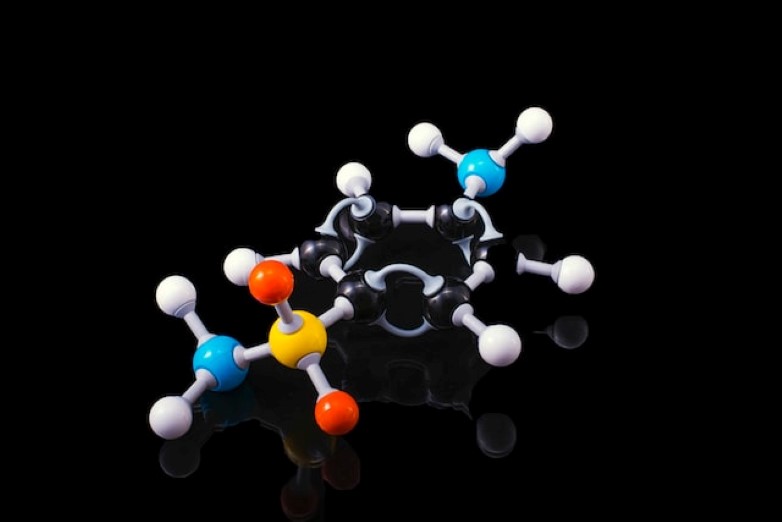Converting excess carbon dioxide into organic molecules
Since the Industrial Revolution, CO2 emissions have been consistently rising with analysts estimating that total global carbon dioxide emissions reached 40.6 billion tonnes in 2022. Scientists and engineers are not only looking for green alternatives to help reduce emissions, but also ways to utilise the excess carbon dioxide available. A team of researchers from Cornell University has used electrochemistry to convert carbon dioxide into a series of organic molecules that are vital to pharmaceutical development.
What is electrochemistry?
Electrochemistry is the subdiscipline of chemistry that deals with the study of the relationship between electrical energy and chemical changes. This includes chemical reactions that produce electricity like in batteries, chemical reactions that require electricity, and much more.
Electrochemistry has many common applications in everyday life. All sorts of batteries, from those used to power a flashlight to a calculator to an automobile, rely on chemical reactions to generate electricity.
Click here to view some examples of patents using electrochemistry in PatBase.
Using electrochemistry to convert carbon dioxide into organic molecules
A team of researchers from Cornell University, led by Song Lin, published a study called ‘Electrochemical Reactor Dictates Site Selectivity in N-Heteroarene Carboxylations,’ in the journal Nature which used pyridine, the second-most prevalent heterocycle in FDA-approved drugs, to convert carbon dioxide into organic energy.
The researchers’ goal was to use electrochemistry to make carboxylated pyridines – pyridines with carbon dioxide appended to them. Introducing carbon dioxide to a pyridine ring can change a molecule’s functionality and potentially help it bind to certain targets, such as proteins. The two molecules are not natural partners, however, by using electrochemistry they were able to successfully create carboxylated pyridines.
Lin’s group found that by switching from a divided to an undivided cell they could selectively attach the carbon dioxide molecule to different positions of the pyridine ring, creating two different products: C4-carboxylation in the undivided cell and C5-carboxylation in the divided cell.
Although the project’s form of electrochemistry for carbon dioxide utilisation is not going to solve the global challenge of climate change, the findings of the study will be useful in exploring new ways to utilise electrochemistry to convert excessive carbon dioxide in a useful way.
Chemical Explorer extracts chemical information from the full text and images of global patent documents, allowing IP and R&D professionals to navigate directly to relevant claims or technical descriptions and ensuring scientific researchers can efficiently extract chemical information embedded in lengthy patent documents. For more information on how Chemical Explorer can support your team, visit our website.

